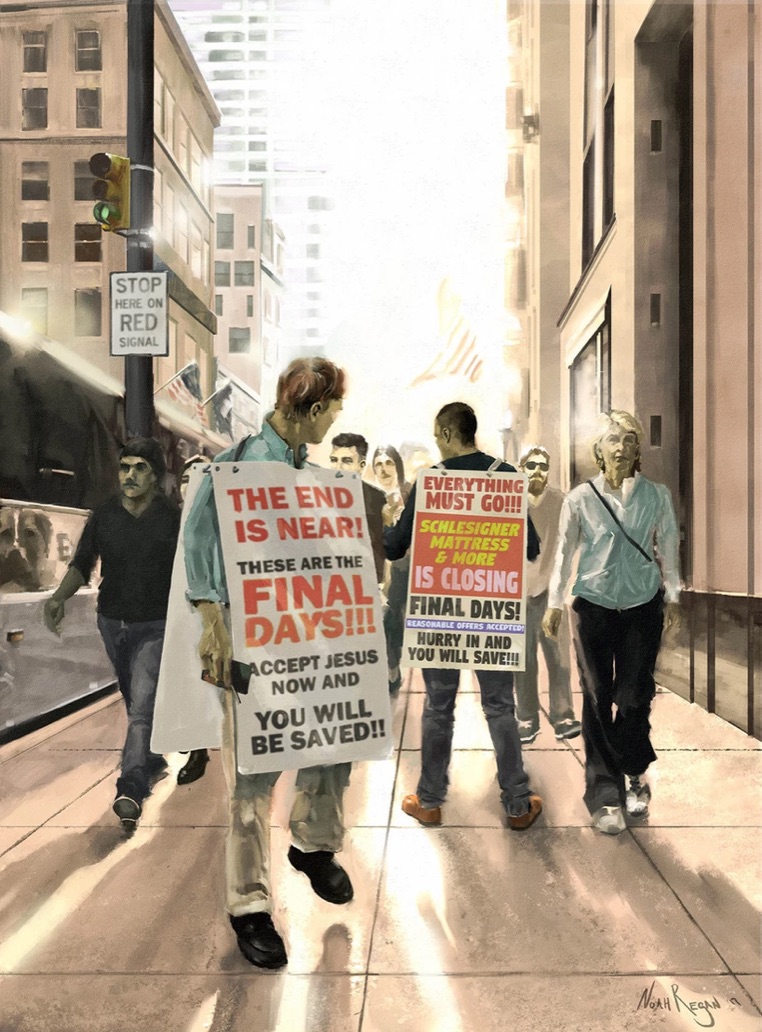From Bloomberg News, November 4, 2023:
It’s been quite a journey for the US economy over the past several years, from pandemic supply chain upheaval to the Federal Reserve’s hyper-focused battle against inflation. Consumers have kept spending, and the job market has proven perpetually robust, with predictions of recession regularly falling flat.
Now, the central bank’s aggressive interest rate-hike campaign is bearing fruit as the red-hot labor landscape begins to cool, with employers slowing hiring in October and the unemployment rate rising slightly to a still-low 3.9%.
Employees do remain in a position of power, securing record-breaking wage hikes and contract wins, not the least of which was the victory notched by striking United Auto Workers against the Big Three automakers.
Warning Signs
But, that good news is only part of the story. Economists are forecasting an economic slowdown as the lagged effects of elevated interest rates take hold. Moreover, the downgrade in the Moody’s credit ratings for several regional banks earlier this year signals ongoing stress on the financial system’s funding and economic capital.
During the last few quarters, the NCUA has also seen growing stress within the system because of a rise in interest rate and liquidity risk. In fact, this financial stress is reflected in the increasing number of composite CAMELS code 3, 4, and 5 credit unions. Assets in composite CAMELS code 3 institutions increased sizably in the last quarter, especially among those complex credit unions with more than $500 million in assets. And, such increases may well continue in future quarters. We have also seen more credit unions fall into the composite CAMELS code 4 and 5 ratings during the second quarter.
The increase in the level of reserves in the Share Insurance Fund — more than $6 million since the last quarter — is tied directly to the number of troubled credit unions. Further, we are seeing growing signs of credit risk emerging, especially in the commercial real estate market and among families with increasingly stressed household budgets, which have spent down pandemic-related savings and struggle with higher prices for goods and services. Although inflation has moderated over the last year, many households are increasingly showing signs of significant financial strain, as seen in rising delinquency rates for various credit union loan types, including automobile loans and credit cards.
The recent rise in home equity lines of credit balances could also indicate financial stress in some households stretching to make ends meet. . .
To compound those concerns, we are seeing an increase in net charge-off ratios at credit unions and declining annualized returns on average assets. Plus, the high levels of interest rate risk we are seeing can increase a credit union’s liquidity risks, contribute to asset quality deterioration and capital erosion, and place pressure on earnings. . .

